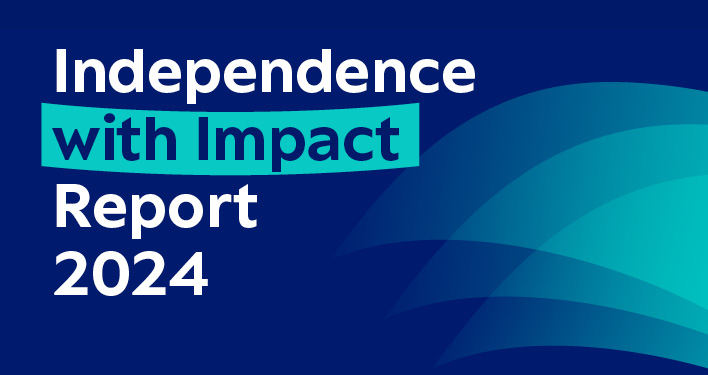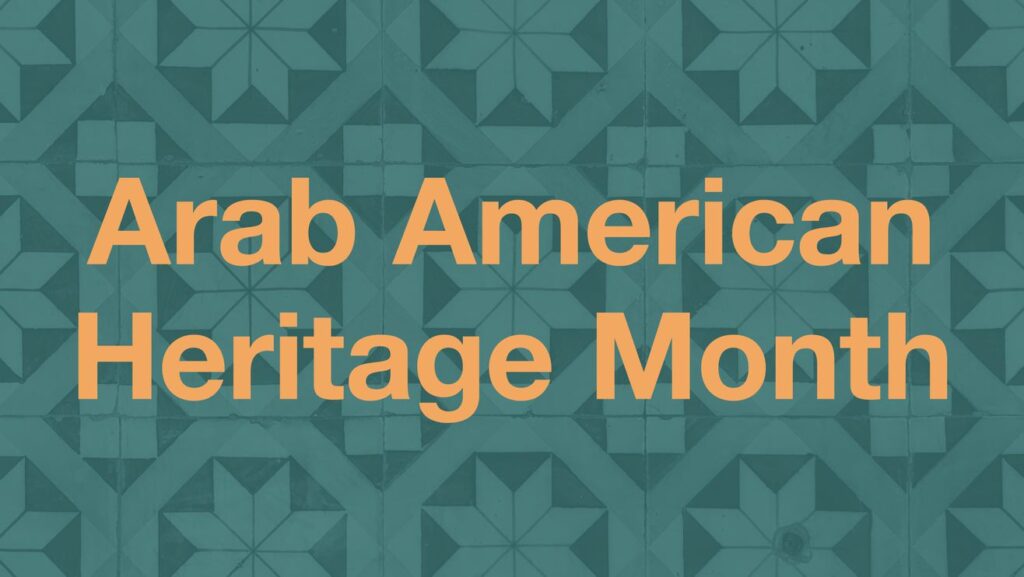Part 3 of 5: “What is Work-Life Balance?”
Today we’re continuing our special series of posts on Work-Life Balance. We hope you find the series insightful and thought-provoking.
How can we define “Work-Life Balance?” See the articles below from SAGE’s management portfolio to find the answer.
 Cynthia A. Thompson, Baruch College, published “Managing the Work-Life Balancing Act: An Introductory Exercise” in the April 2002 issue of the Journal of Management Education.
Cynthia A. Thompson, Baruch College, published “Managing the Work-Life Balancing Act: An Introductory Exercise” in the April 2002 issue of the Journal of Management Education.
Although work-life balance is an important issue for individuals and organizations, most organizational behavior textbooks devote only a few paragraphs to the topic or do not include it at all. This activity was designed to introduce or complement a lecture on work-life balance and does so by asking the students to consider work-life balance from both a personal and managerial point of view. The objective of the exercise is to demonstrate that employees’needs and interests are not necessarily in opposition to the organization’s interests and that working together to resolve work-life conflict can benefit both the employee and the organization.
 Natalie Reiter, Roy Morgan Research, published “Work Life Balance: What DO You Mean? The Ethical Ideology Underpinning Appropriate Application” in the June 2007 issue of the Journal of Applied Behavioral Science.
Natalie Reiter, Roy Morgan Research, published “Work Life Balance: What DO You Mean? The Ethical Ideology Underpinning Appropriate Application” in the June 2007 issue of the Journal of Applied Behavioral Science.
This article categorizes definitions of work life balance (WLB) according to a framework of ethical ideologies. By understanding what perspective the definition of WLB is framed within, practitioners and academics will be better able to assess the suitability of that definition for a particular application. Although many current definitions are absolutist in nature, dictating a “right” balance that all should aspire to, the author argues that definitions reflecting a situationalist perspective are most valuable to academics and practitioners. Definitions from a situationalist perspective offer an opportunity to explore what factors contribute to attainment of WLB for particular groups of people. Once there are broadly agreed definitions of WLB for groups of people, relevant measures of WLB and WLB initiatives that respond to these definitions can be developed. This will provide a baseline for the comparative analysis of WLB programs. Implications for organization development interventions and change management practice are explored.
 Heather S. McMillan, Southeast Missouri State University, Michael Lane Morris and E. Kate Atchley, both of University of Tennessee, published “Constructs of the Work/ Life Interface: A Synthesis of the Literature and Introduction of the Concept of Work/Life Harmony” in the March 2011 issue of Human Resource Development Review.
Heather S. McMillan, Southeast Missouri State University, Michael Lane Morris and E. Kate Atchley, both of University of Tennessee, published “Constructs of the Work/ Life Interface: A Synthesis of the Literature and Introduction of the Concept of Work/Life Harmony” in the March 2011 issue of Human Resource Development Review.
The purpose of this article is to identify construct definitions and measurement tools for the work/life interface concepts: conflict, enrichment, and balance. An understanding of these concepts is critical to HRD professionals because interventions designed to counter work/life interface issues cannot be strategically created, and culture changes cannot be effectively addressed until the discipline understands the nature and the organizational implications of employees’ work/life interface. A new construct called work/life harmony and the work/life harmony model are introduced to aid in the understanding of the work/life interface.
 Carl P. Maertz, Jr., Saint Louis University, and Scott L. Boyar, University of Alabama at Birmingham, published “Work-Family Conflict, Enrichment, and Balance under ”Levels” and ”Episodes” Approaches” in the January 2011 issue of Journal of Management.
Carl P. Maertz, Jr., Saint Louis University, and Scott L. Boyar, University of Alabama at Birmingham, published “Work-Family Conflict, Enrichment, and Balance under ”Levels” and ”Episodes” Approaches” in the January 2011 issue of Journal of Management.
In this review, the authors differentiate work–family (WF) research that conceptualizes and measures conflict as a consolidated level versus as a conflict event or episode. They critique the “levels” literature in the areas of conflict, enrichment, and balance. They next review the WF “episodes” literature for the first time. They then introduce a framework that clarifies definitional inconsistencies and integrates the key constructs in the WF literature in a new way. This framework proposes that an employee’s mental conceptualizations relevant to WF roles can be discrepant with actual role enactment or with another mental conceptualization. These discrepancies form one’s level of WF balance or imbalance. The authors recommend that researchers adopt WF balance as the central levels construct, which changes primarily through the occurrence of WF conflict episodes and WF enrichment episodes. They finally discuss research and practical implications of this framework.
 Joseph G. Grzywacz and Dawn S. Carlson published “Conceptualizing Work–Family Balance: Implications for Practice and Research” in the November 2007 issue of Advances in Developing Human Resources.
Joseph G. Grzywacz and Dawn S. Carlson published “Conceptualizing Work–Family Balance: Implications for Practice and Research” in the November 2007 issue of Advances in Developing Human Resources.
The problem and the solution. Systematic theorizing about work–family balance has not kept pace with interest, which undermines organizations’ abilities to effectively monitor work–family balance and to use work–family balance strategically. The goal of this article is to develop a better conceptual understanding of work–family balance.Work–family balance is defined as accomplishment of role related expectations that are negotiated and shared between an individual and his or her role-related partners in the work and family domains. This article elaborates on how this definition of work–family balance addresses limitations of previous conceptualizations and describes areas for human resource development research and implications for using work–family balance strategically in management practice.
See the next section for specific examples of work-life balance in action!
[polldaddy rating=”4667602″]
























































































